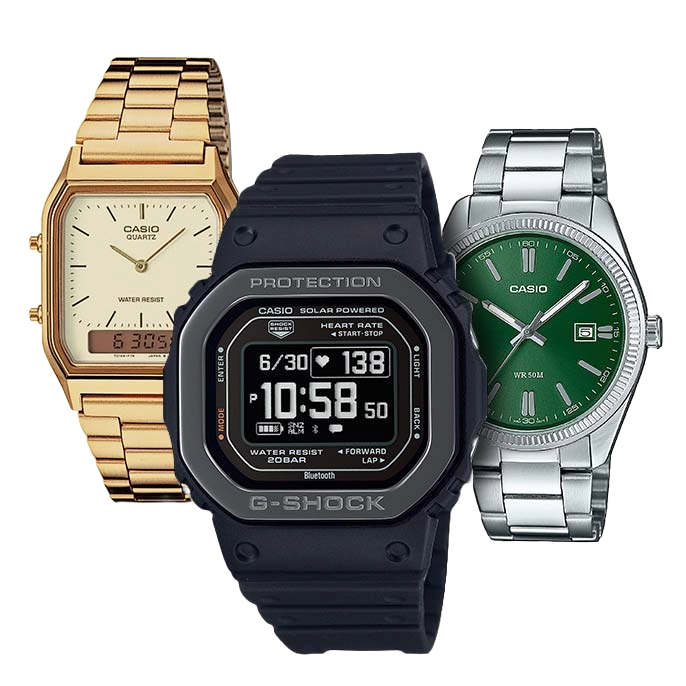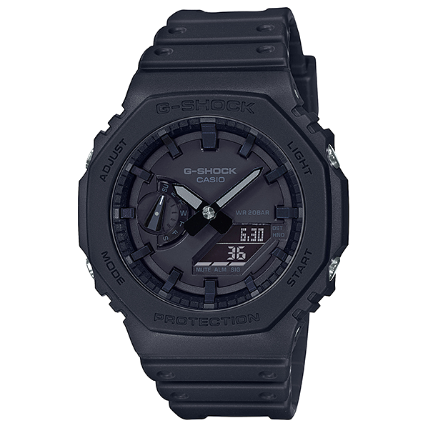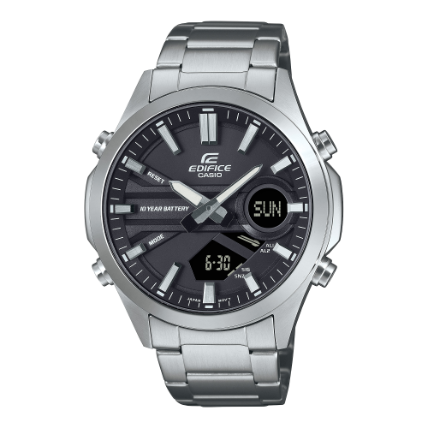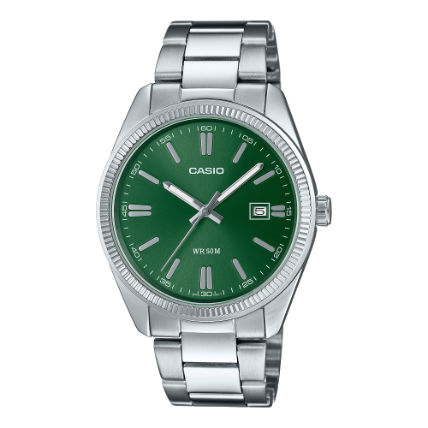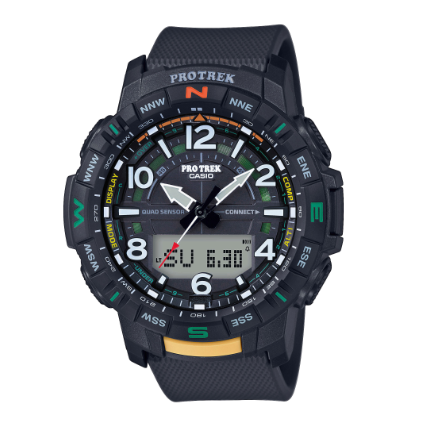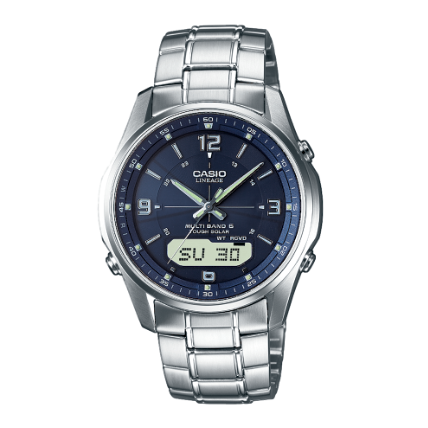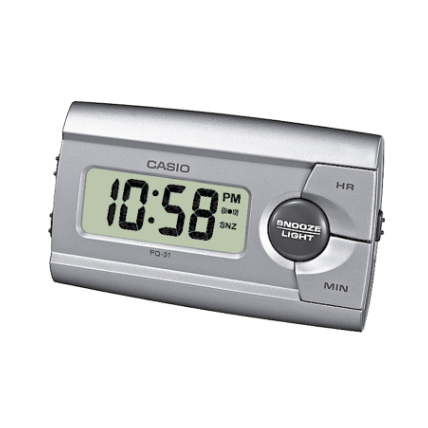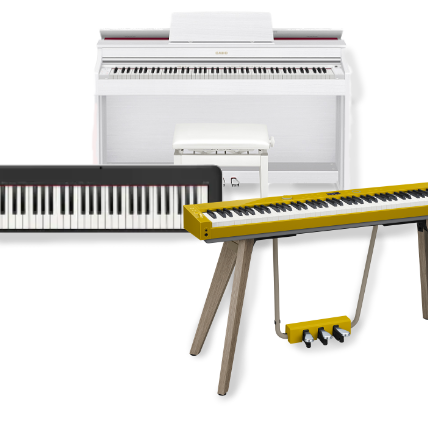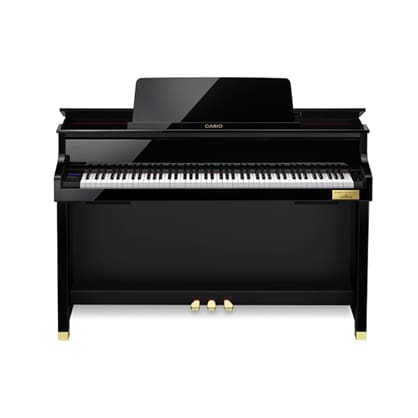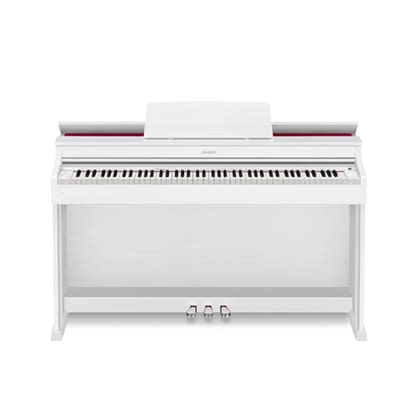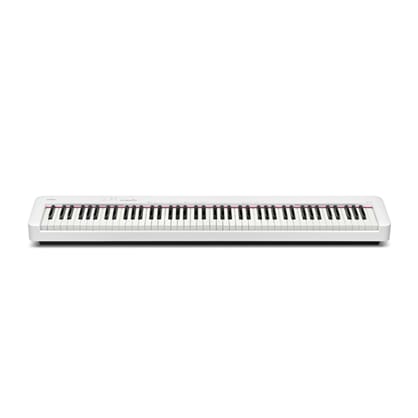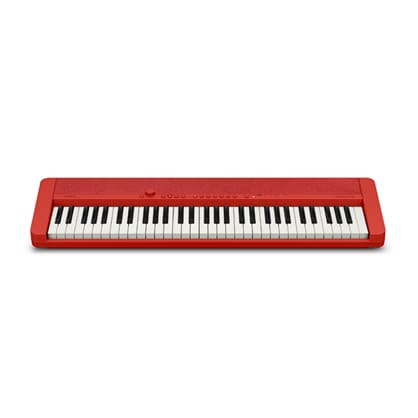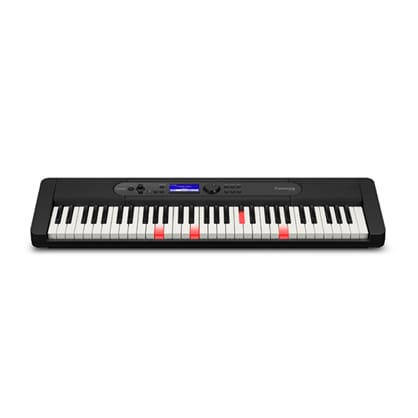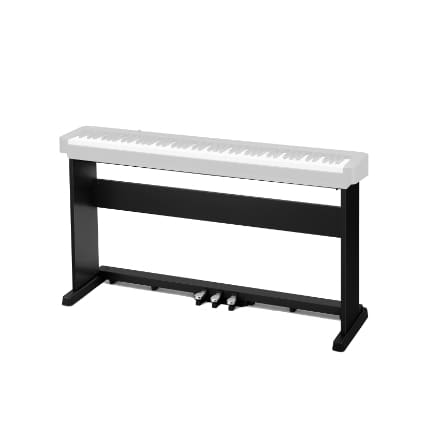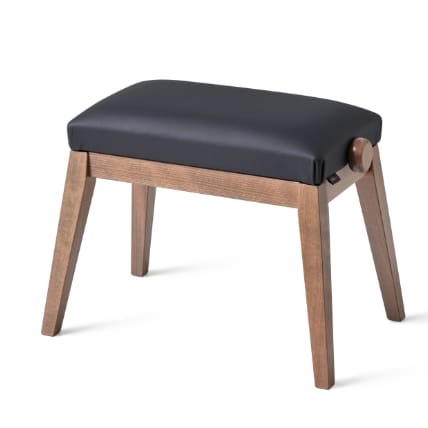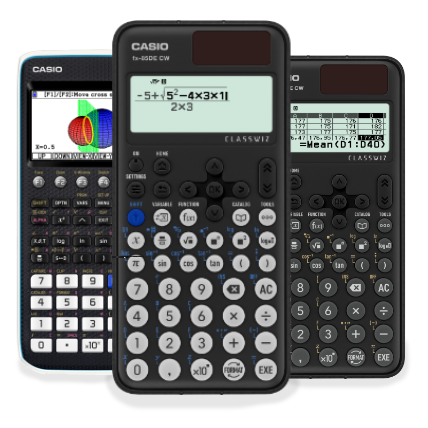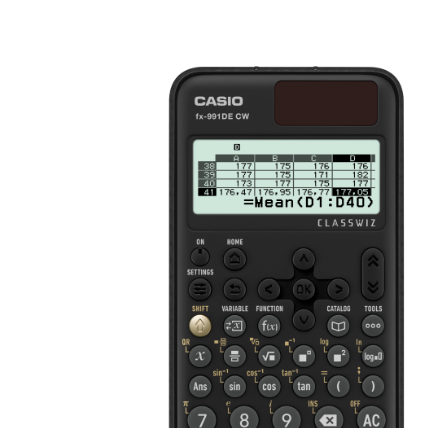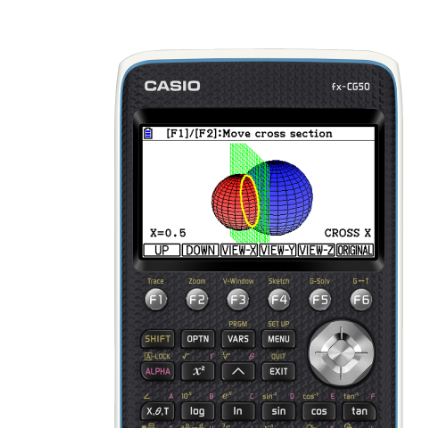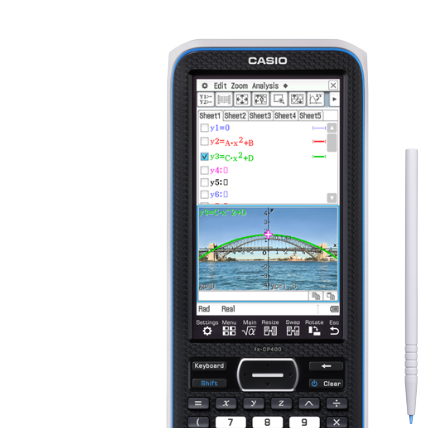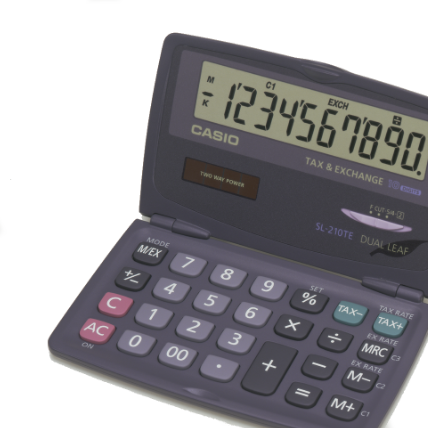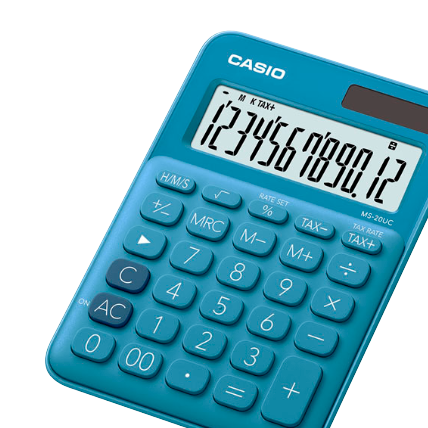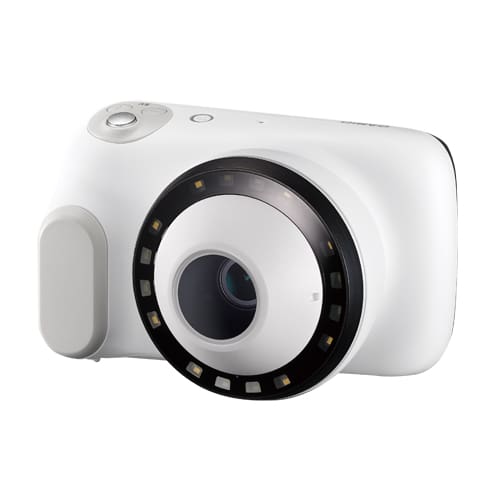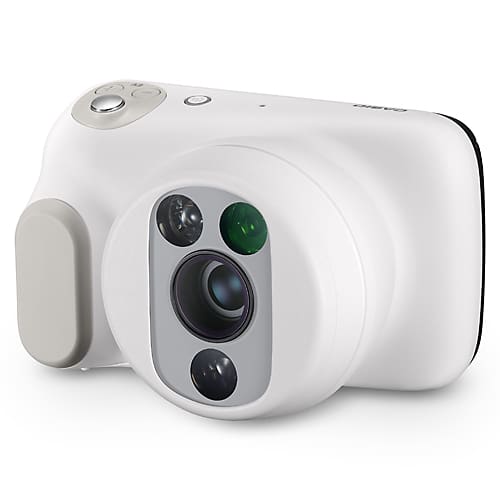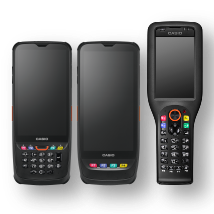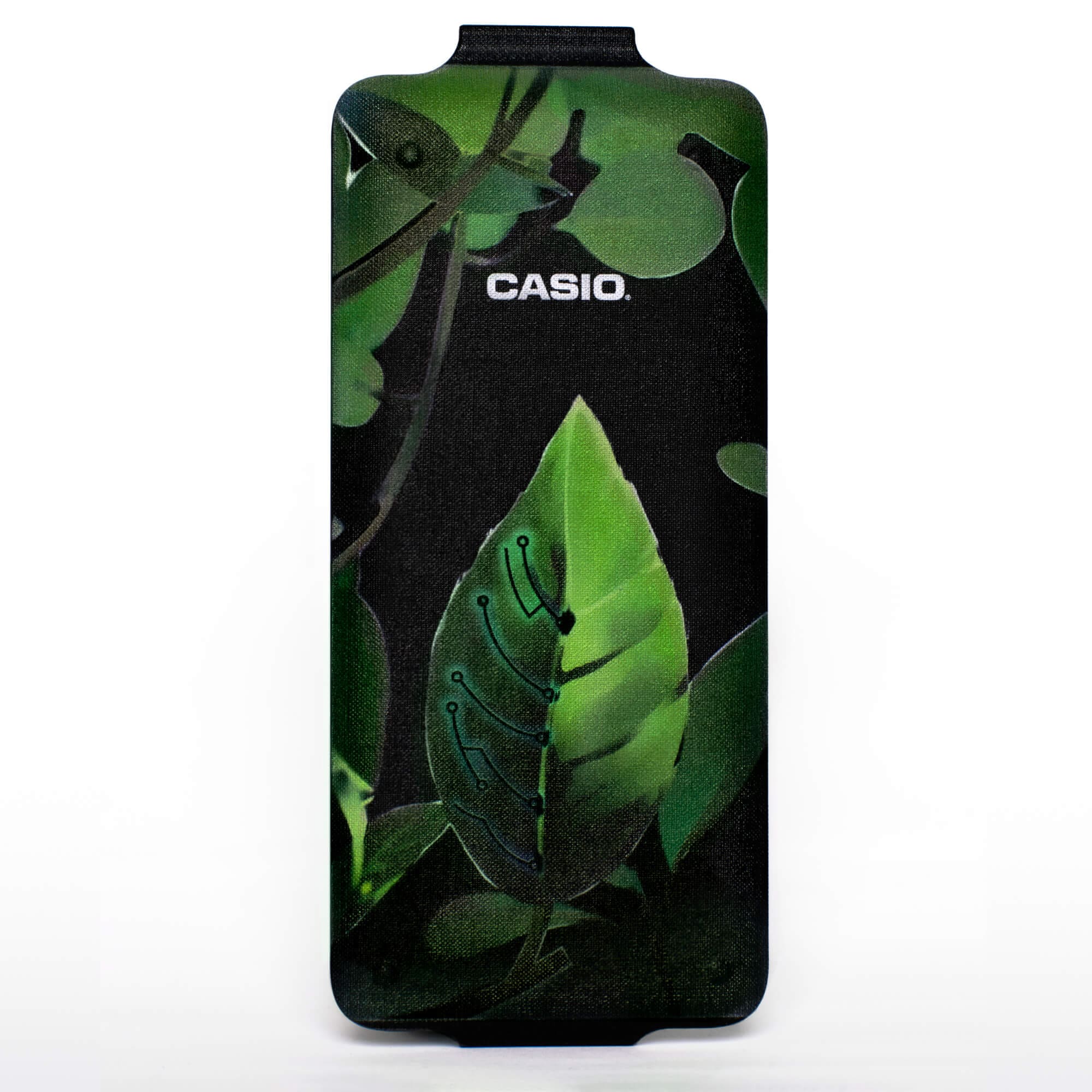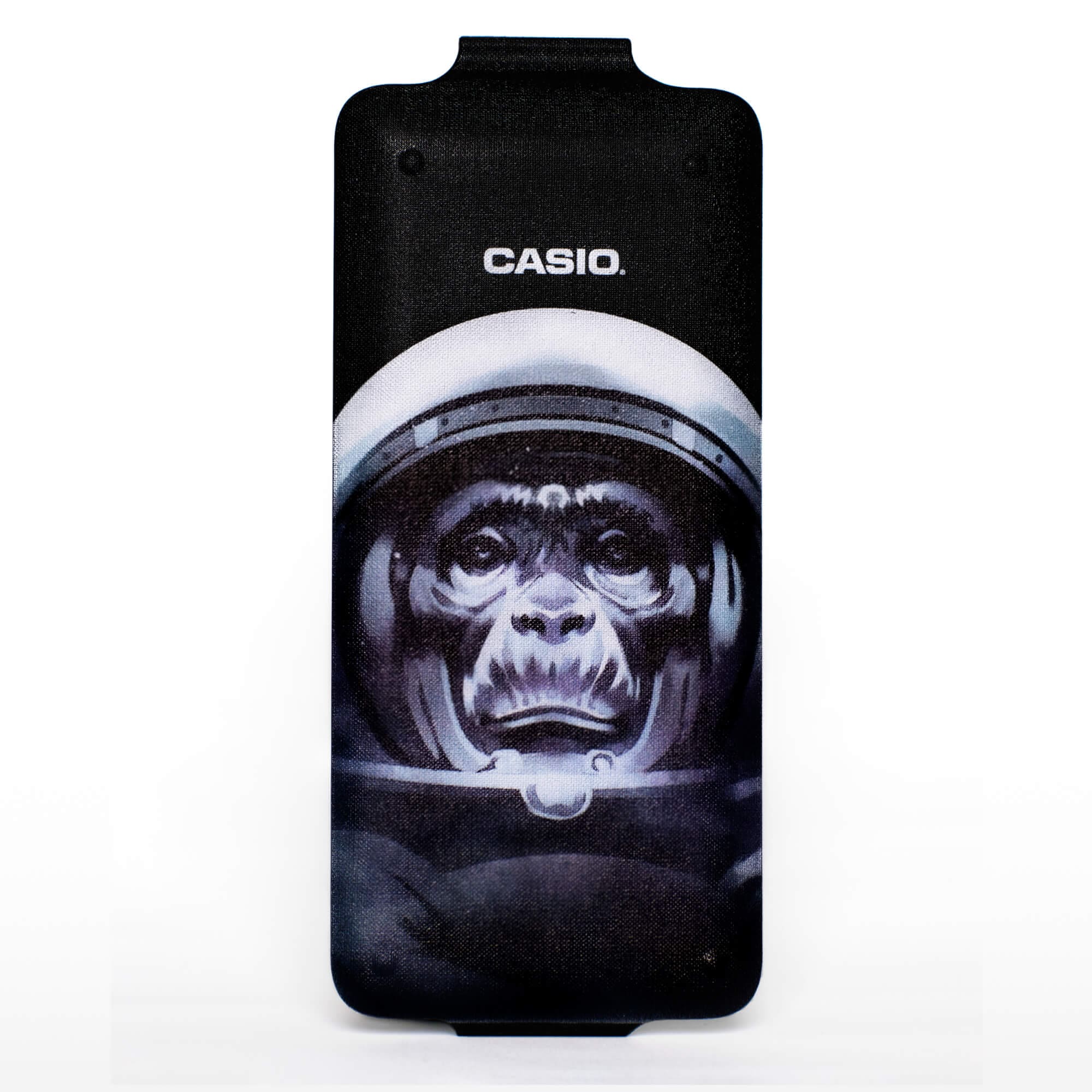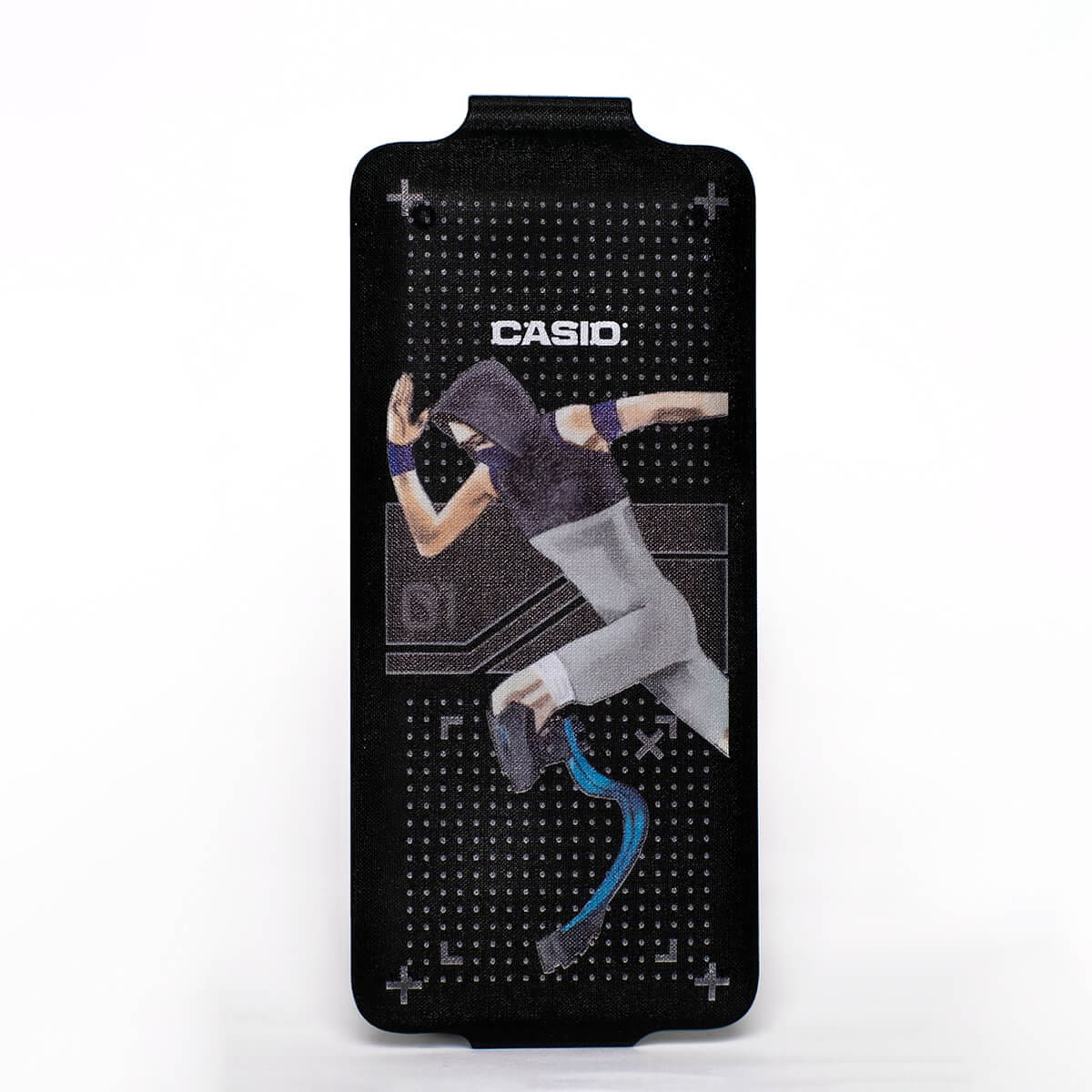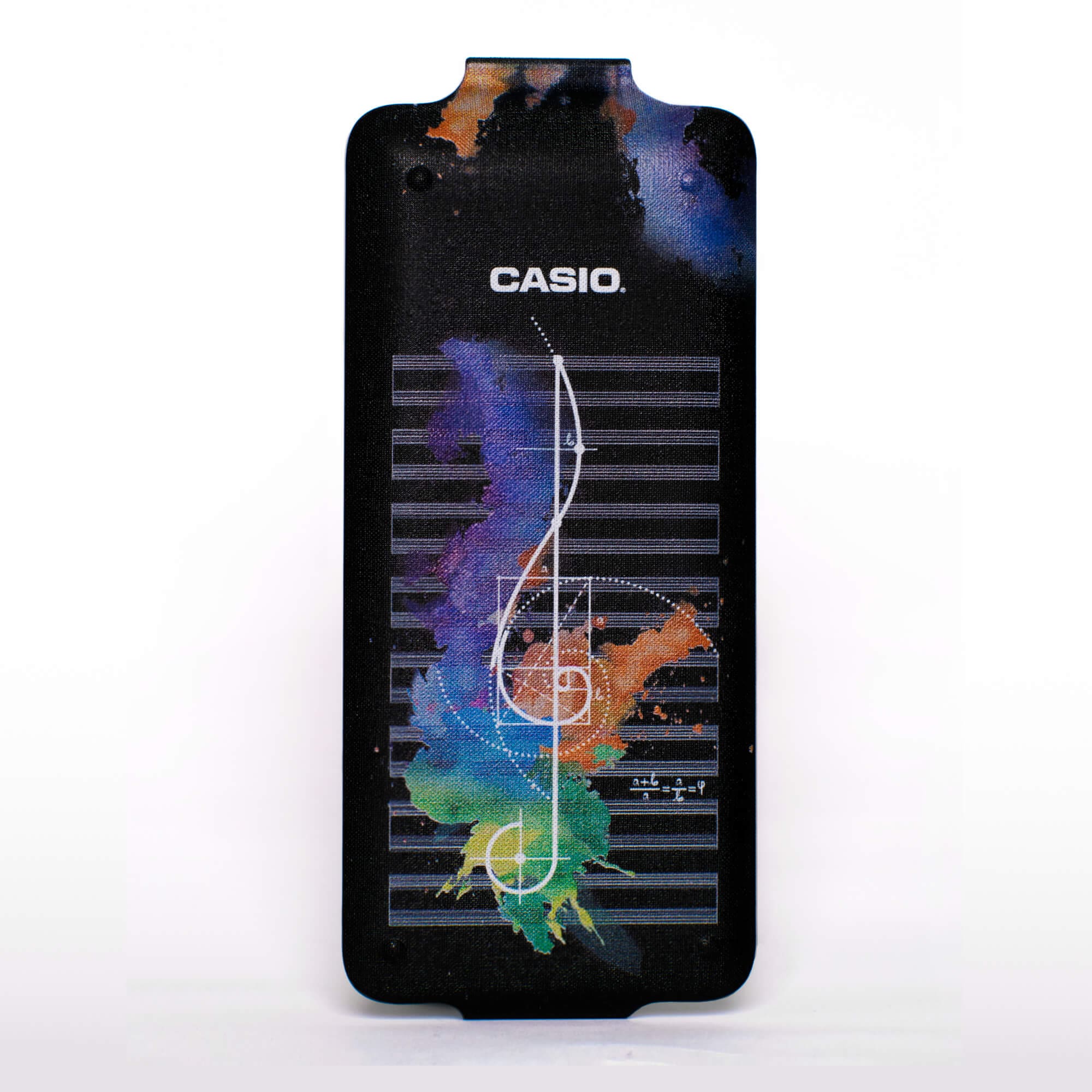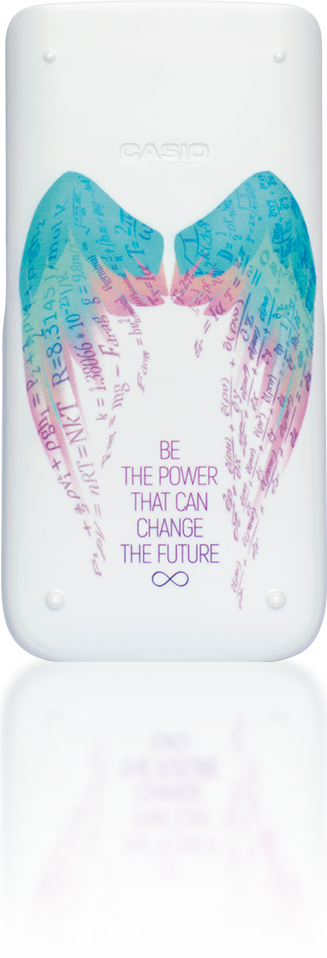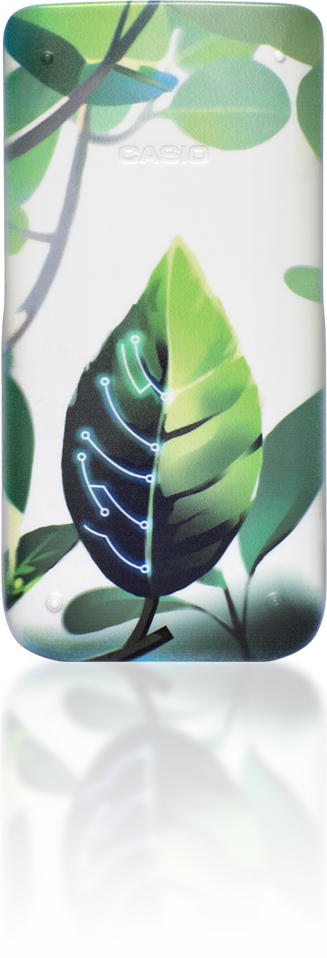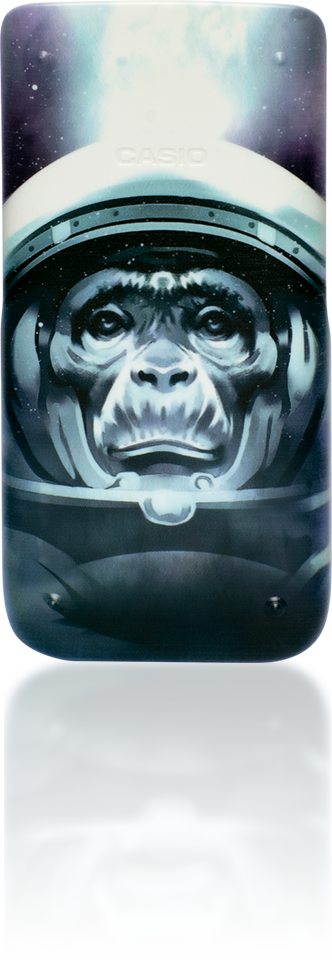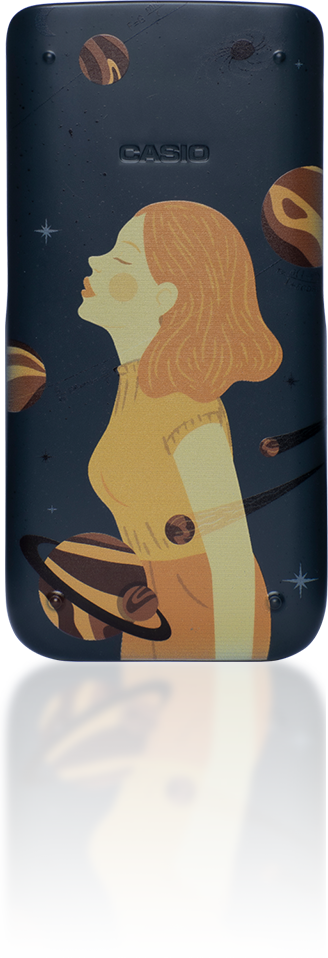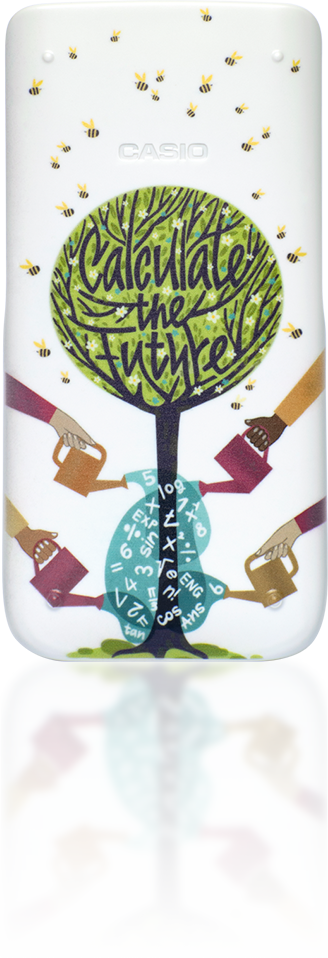Case Art Designs for CASIO school and graphic calcuators
Sharing our passion for education: a calculator and many stories.
The project
The world is increasingly interconnected thanks to technological progress. Due to the global development of learning concepts, we at CASIO realise how easy it is for children to assume that technology originates in a different sphere and thus learning content in school, especially in the mathematical area, has little application in real life.
The following stories have inspired us to launch a new project. Through this project, we hope to provide students with further access so that theoretical or complex topics taught in school can be understood as a gateway to a better future.
What's more, we hope you will share your own story or stories that inspired you.

We encourage interest in science education through inspiring stories:
1. Interests and hobbies
Many people may not have a passion for mathematics, but what if we were to approach mathematics through the lens of music, games, fashion or photography instead?
Stories about historical figures such Leonardo da Vinci, for all his mathematical gifts and artistic talent, may seem somewhat out of date for the modern era. Fortunately, we have a few more current examples that may help to strike up a conversation or introductory topic about mathematics and science:
- MUSIC
- GAMES
- FASHION
- PHOTOGRAPHY
- SPORT
- MATH MARATHON

For example, a great introduction to mathematics would be music: the algebraic relationship between notes, the mathematical description of sound waves and vibrations, or the aerodynamics of instruments. Cyclic rhythms serve as the foundation of modern electronic music. New technologies make it possible to produce complex patterns that we might not even be able to play on instruments ourselves.

Sudoku is a classic game based on logic, and Mario doesn't just jump directly up and down: when moving forward or backward, he always creates a parabola. Video game programming is inextricably linked to diverse areas of mathematics such as logic and geometry. Programming can even bring history to life, like this virtual animation of the construction of the Charles Bridge in Prague:

Geometry and fractions are elementary areas of mathematics that are essential to fashion design. In addition, they have also inspired the creativity of designers for thousands of years, such as the use of geometric patterns of the aborigines of Australia by modern designers.

Photography is all about percentages, geometry, and symmetry; photographers use mathematics every day to calculate settings on their cameras.

At first glance, mathematics and sports do not seem to have much in common. But a closer look reveals that they do: Geometry and statistics are reflected in sports equipment, rules of the game and sports records.

The Olympic idea counts: Taking part is everything!
The Math Marathon is an annual contest for all students in grades 5–10 that combines mathematics and sports. In addition to 200 mathematical tasks to be solved, there are also a total of 42.2 km of sports activities to be completed during the contest.
Everyone can participate, every sport counts! Fun and team spirit are at the forefront!
2. Personalities of modern science
Many famous scientists began their careers not just out of a passion for mathematics, but out of a need to solve problems and simply better understand the world around them. Sometimes, new passion or inspiration—even for mathematics and science—springs from completely unexpected situations.
Some famous personalities have studied science, while others discovered science through their own research and experimentation. For example, the first discoveries to develop today's wireless communications were made by a famous actress. Read more about it here:
At the forefront of historic moments—such as man landing on the moon in the summer of 1969—are pioneers who dared to challenge the status quo and the limits of what humans or machines can achieve. Learn more about one particular female scientist here:
Some scientists are determined to show how important communication is in science. We need people who can communicate knowledge in an impressive and understandable way. You can find more information here:
The desire to improve people's standard of living or save lives is crucial to the development of medicine and medical science. Today, advances in communications, computer technology, robotics, etc. are critical to our understanding of the body and its functions. Learn more about how neuroscience and robotics are combining to help patients here:
The way we look at ecosystems and our environment has changed immensely in recent decades. This is largely thanks to people in science who did not let high hurdles stop them from doing research in fields they were passionate about. Read more in a scientist's guide for the younger generation:
The first known "music theorist" was the Greek philosopher and mathematician Pythagoras. An everyday observation had given the inquisitive polymath the idea of investigating whether tones are mathematically related to each other. At least, this is how the legend of "Pythagoras in the Forge" tells it. According to this legend, Pythagoras passed a forge in which several hammers were being used simultaneously. The philosopher noticed that the different high notes of the hammers together produced a melodious sound — whereupon he began to experiment directly in the forge and found out that the different weight of the hammers was responsible for the different pitches.
Sports, and sports records in particular—such as the achievements seen at the World Athletics Championships in Berlin—are an inspiration to many. Rarely, however, are records considered mathematically in their entirety. Do they develop evenly, are new records perhaps predictable, are there phases in which records fall particularly strongly or often? And are the developments in the sports the same? Can they be described with the help of formulas? Now we have arrived at mathematics.
2023: Our popular designer cases have now been optimised for the new ClassWiz series!
2022: Music- and sports-inspired designer cases for the ClassWiz series.
There are three different designer cases available for this project. Each motif was designed by an artist, inspired by life experiences and different perspectives on music and sports.
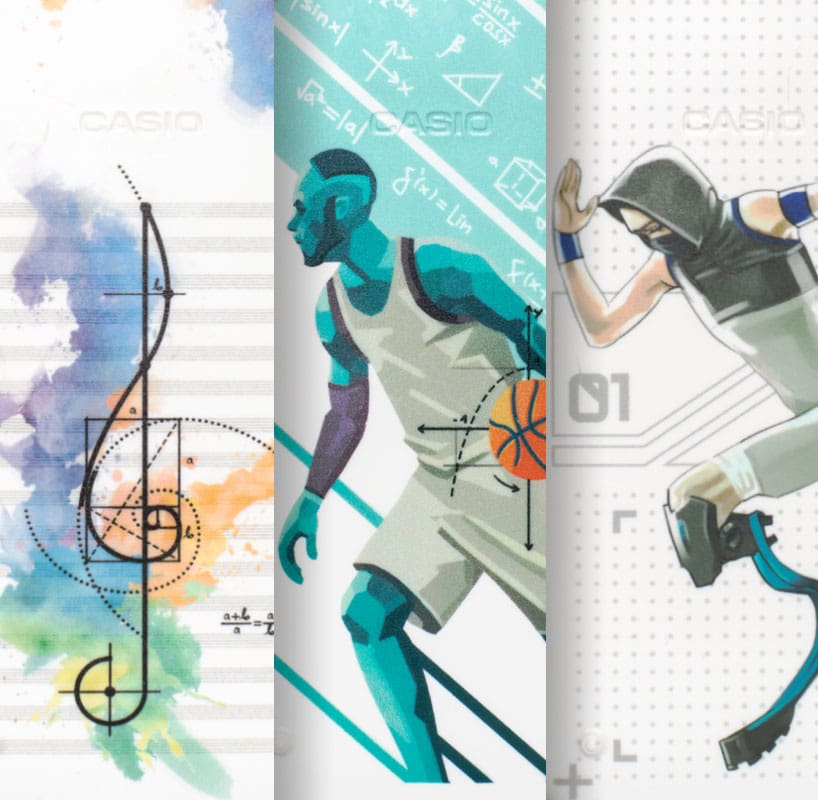
2021: STEM-inspired design case for the ClassWiz series
There are five different design cases available for this project. Each motif was designed by artists, inspired by life experiences and different perspectives on science and technology.
All eight designer cases are suitable for the following school calculators of the ClassWiz series:
Further links on the topic
CASIO materials database
Discover lesson content, worksheets or assignments in our materials database.
Product information
You can find useful information about ClassWiz here:
YouTube channel for FX-991DE X & ClassWiz
On the CASIO YouTube Channel, you'll find lots of hints, tips and tricks for the ClassWiz series calculators.
